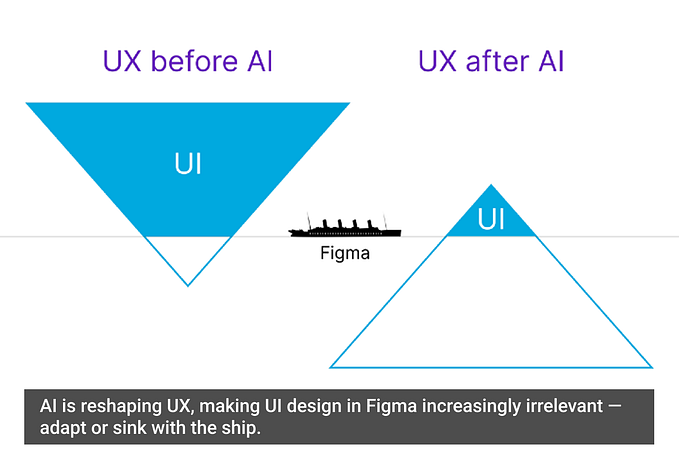Two UX pivots for restaurants post-lockdown

 Before lockdown I had worked in hospitality for 7 years, having previously worked in retail. When restaurants re-open, what are the best UX practices for improving efficiency through software input. The hospitality industry in the UK has called for social distancing restrictions to be dropped, as it would make it impossible for most restaurants to operate when they re-open. I agree with how impossible it is, but maybe we should try to improve service standards and efficiency to decrease contact points due Covid-19.
Before lockdown I had worked in hospitality for 7 years, having previously worked in retail. When restaurants re-open, what are the best UX practices for improving efficiency through software input. The hospitality industry in the UK has called for social distancing restrictions to be dropped, as it would make it impossible for most restaurants to operate when they re-open. I agree with how impossible it is, but maybe we should try to improve service standards and efficiency to decrease contact points due Covid-19.
The points of contact for any hospitality worker are immense, between serving customers, clearing plates and inputting orders. Point of Service tills take up the time of the server that could be better used, and in a post-Covid industry, create a big risk for cleanliness when multiple users interact with these devices hundreds of times a day.
I’ve tried to see whether I could find any conversation about how to improve the ordering system for servers in restaurants. Everyone references the same survey on Statista from 2013, which was based in the United States.
To improve customer loyalty (by gaining points), improve efficiency (through ordering and pre-ordering), process payments and collect data on how best to improve the restaurant. I can only see the likeliness in having a standalone app for the big chains. No user wants to have their phone space taken up by all the restaurants they frequent, but apps that allow restaurants to add accounts already exist and are for the most part sufficient.
We need to look at where the technology is going, how we can push it and how the software we have can pivot to improve a restaurant's position.
I have two possible solutions:
1. Voice Input for Waiters: When taking orders, it’s important to repeat the order back to the customer to help avoid errors. That can be done during the conversation or after. “What would you like?” asks the waiter, the customer responds, “For Starters, I would like a Yorkshire Pudding. For Mains, I would like a medium Rib Steak with Bearnaise. For Sides, a portion of Truffle Chips and Garlic Mushrooms.”
Repeating after every course order, saves time and helps avoid mistakes while writing your order down. Repeating the order back at the end can be a lot of trouble for large tables, as you’ll lose their attention over time as they get back to enjoying their friends/colleagues’ company. This can result in errors.
Using phone touch screen Point of Sale (POS) apps have been around for years, but they are mostly inefficient, as they can be hard to navigate due to too much choice. We could try breaking this down by limiting the menu, overhauling how the apps work, or skip to a more efficient use. Voice.
When the waiter asks the customer their order, the POS on the phone picks up the keywords through the mic: Starters Yorkshire Pudding, Mains Medium Rib Steak with Bearnaise, Sides Truffle Chips and Garlic Mushrooms. As the app inputs the keywords, the order is taken. The Waiter, while repeating, helps improve or fix any errors that the app had misheard (restaurants can be loud environments), or any changes the customer requires.
This would then be sent to the kitchen's screen for order, replacing physical tickets entirely. It would decrease order errors, as well as speed up order input, that could otherwise have the waiter going to a till POS and inputting from handwritten notes, which is still a primary way of taking orders in restaurants. You want to reduce the points of contact for the waiter as much as you can.
2. Adapting Available Software: A possible solution would be to adapt food delivery apps like, Deliveroo, Just Eat and Uber Eats. With a separate section for eating in, and charging the restaurant not for meal purchases, but the same subscription method currently used by POS providers like Tevalis and Polaris. This would obviously be an issue, with regards to floor staff roles, so would work best in smaller spaces. Also, Tevalis or Polaris could pivot their software team to make an inhouse app for customers.
There are other solutions, but these are different approaches to the same problem. Solution 2 is a simpler execution, while Solution 1 for me is thinking about how to improve on the system while retaining a semblance of what makes dining out great — the atmosphere and experience.








